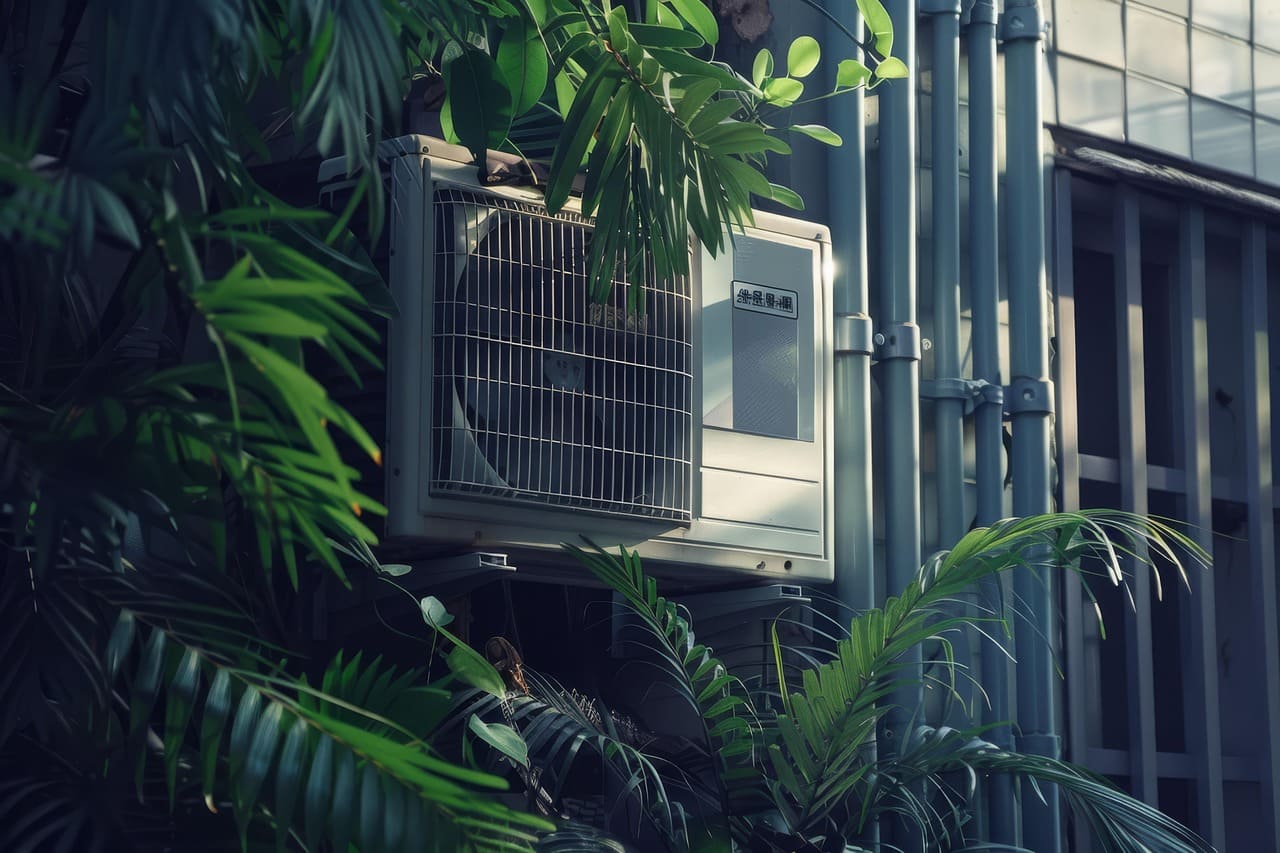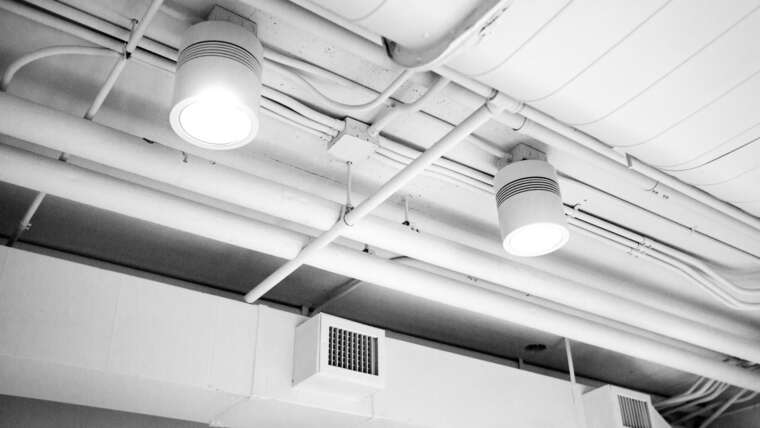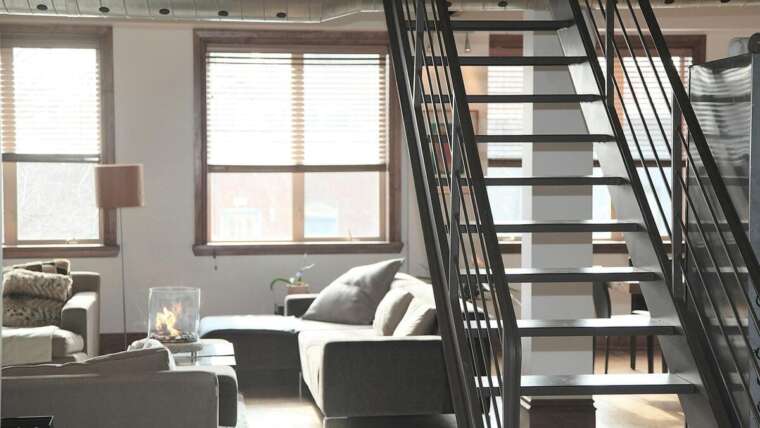
Your HVAC system operates behind the scenes, playing a vital role in maintaining year-round comfort — heating your space during the winter, cooling it in the summer, and constantly circulating air to support a healthier indoor environment. However, like all mechanical equipment, it has a limited lifespan. As it ages, its performance begins to decline, often gradually enough that homeowners may not notice until comfort and efficiency are severely compromised.
This guide outlines the most noticeable and measurable indicators that suggest it’s time to consider an HVAC system upgrade. Whether you’re considering a residential update or a commercial HVAC upgrade, knowing what to watch for can help you plan your next move wisely — before a breakdown forces your hand.
1. Rising Energy Bills Without Increased Usage
A sudden increase in your energy bills is often one of the first clear indicators that it might be time to upgrade your HVAC system. If your energy consumption habits haven’t changed, but your heating and cooling costs keep climbing, it’s likely your system is losing efficiency.
Older HVAC units have to work harder to maintain the same level of comfort, leading to higher energy draw. Modern systems, by contrast, are far more energy-efficient, often significantly reducing monthly costs after installation.
If you’re unsure whether your system is the culprit, a thorough inspection of your ductwork and a possible airflow balancing or duct sealing service could identify whether inefficiencies stem from the system or leaks in distribution.
2. Uneven Heating or Cooling Throughout the Space
If some rooms in your home or business are consistently hotter or colder than others, it’s a clear indicator of a failing system or outdated ductwork. HVAC equipment loses its capacity to distribute air evenly as it ages, especially if filters or vents are clogged or the blower motor is wearing down.
In some cases, upgrading HVAC ducts or installing zone control systems can help — but in systems over 10–15 years old, these signs typically point toward the need for a full HVAC upgrade.
Scheduling a professional air filter replacement or duct cleaning may improve performance temporarily, but persistent imbalances usually signal deeper mechanical inefficiencies.
3. Frequent Repairs and Increasing Maintenance Costs
Every HVAC system requires occasional repairs, but if you’re calling for service multiple times a year, it may be more cost-effective to upgrade your HVAC system altogether. Constant HVAC issues not only compromise your comfort but also lead to mounting repair expenses over time.
Older systems often require replacement parts that are harder to source and more expensive. The cost to upgrade HVAC system components might seem high upfront, but it quickly pays for itself by eliminating the constant need for repairs and emergency calls.
4. Loud or Unusual Noises During Operation
A well-functioning HVAC system operates with minimal noise, blending seamlessly into the background. If it’s making grinding, banging, or screeching sounds, something is wrong. Noises can stem from a range of issues, such as loose parts, deteriorating belts, or failing motors — all signs of aging components.
Rather than continuing to patch a failing system, consider a complete HVAC equipment upgrade. Today’s systems are not only quieter but also built with smart diagnostics that alert you before major issues arise.
5. System Age: 10+ Years Old
With regular maintenance, most HVAC systems typically have a lifespan of 10 to 15 years before performance begins to decline. If your unit is approaching or has surpassed this range, it’s time to evaluate its performance.
While some older systems may continue functioning beyond 15 years, they often do so at a cost — higher energy bills, more frequent repairs, and poor air quality. Even if the unit still runs, upgrading to a newer model can bring efficiency improvements, better air filtration, and support for smart thermostats and zone controls.
This is also a good time to consider additional improvements, such as UV light installations to reduce airborne pathogens and enhance indoor air purity.

6. Declining Indoor Air Quality
If you’ve noticed more dust, stale air, or worsening allergy symptoms, your HVAC system might not be filtering air properly. Older systems tend to struggle with particulate removal, especially if ducts haven’t been cleaned or filters are outdated.
When indoor air begins to feel musty or stuffy, it’s often a combination of aging HVAC performance and contaminated air pathways. A combination of air sanitization and filter upgrades may help in the short term, but persistent air quality issues are a sign that it’s time to upgrade your HVAC.
In more severe cases, mold can grow inside ducts and coils, requiring not just sanitization, but possibly mold remediation and full system replacement to eliminate contamination.
7. System Uses Outdated Refrigerant (R-22)
If your HVAC system still runs on R-22 refrigerant (also known as Freon), it’s definitely time for an upgrade. R-22 was phased out due to environmental concerns, and since 2020, it has become increasingly expensive and difficult to obtain.
Servicing a system that uses R-22 is no longer a sustainable option, both from a cost and regulatory standpoint. Upgrading your HVAC unit to a modern model using R-410A or other compliant refrigerants ensures you’re in line with environmental standards and won’t be stuck with an unsupported system.
8. Your HVAC Can’t Keep Up With Demand
Are you constantly adjusting the thermostat, yet never quite comfortable? This might mean your current HVAC system is no longer the right size or strength for your home or business.
This issue is especially common after renovations, expansions, or layout changes. In such cases, an HVAC upgrade isn’t just about replacing the unit — it’s about recalibrating your system to match your current square footage and usage needs.
When evaluating HVAC upgrades ideas, it’s also wise to consider ductwork redesign or aeroseal duct sealing to optimize airflow based on your space’s layout.
9. You’re Planning a Renovation or Selling Your Property
Planning a renovation or putting your home on the market? That presents a perfect opportunity to evaluate whether an HVAC system upgrade is the right move. Installing a modern, energy-efficient HVAC system can greatly enhance your property’s value and make a strong impression during home inspections.
In commercial settings, investing in a commercial HVAC upgrade improves comfort for staff and customers and reduces long-term operational costs — a major selling point for business buyers.
Conclusion: Make the Smart Move Before a Breakdown
Upgrading your HVAC system isn’t just about fixing what’s broken — it’s about preparing for the future with smarter, more efficient technology. Identifying these warning signs in advance can help you avoid unexpected system failures, discomfort at home, and rising utility costs.
At ProMaster Air Duct Cleaning, we help homeowners and businesses make informed, cost-effective decisions. Whether you need help assessing airflow, cleaning ducts, sealing leaks, or replacing outdated components, our team offers end-to-end HVAC solutions that support both comfort and efficiency.
If you’re noticing any of the signs above, it might be time to talk to a professional about upgrading your HVAC system — before it becomes an emergency.



